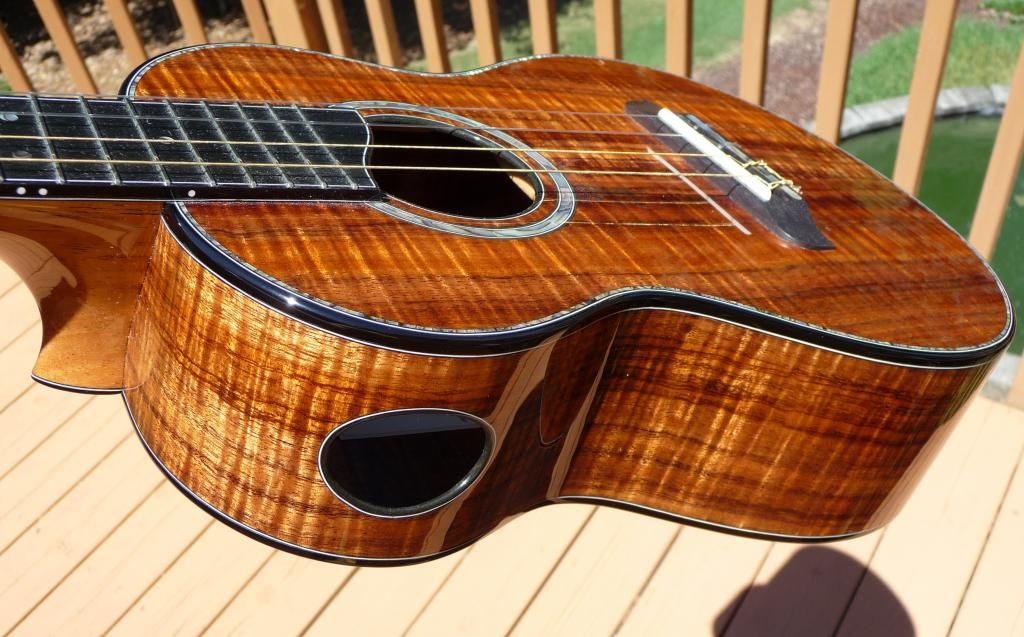ukuleleden
Well-known member
This question is for the benefit of those like me who may get some better insight to this often undiscussed feature that (for the builder) is a time consuming upcharge on most builds that employ purfling.:
Q. Is purfling mostly or all aesthetic, or do luthiers find that routing the edges and inserting purfling into the routes in some measurable manner enhances a soundboard by, in part, freeing them up or otherwise contributing to any enhancement (or detriment) of sound quality?
Q. Is purfling mostly or all aesthetic, or do luthiers find that routing the edges and inserting purfling into the routes in some measurable manner enhances a soundboard by, in part, freeing them up or otherwise contributing to any enhancement (or detriment) of sound quality?
Last edited:


